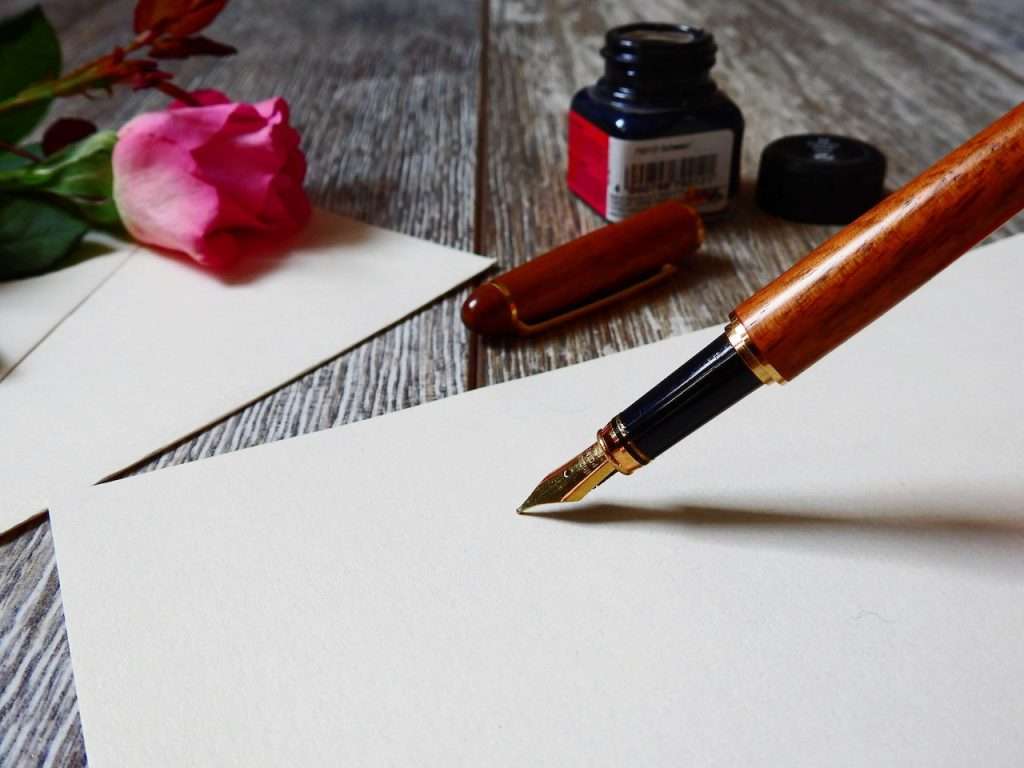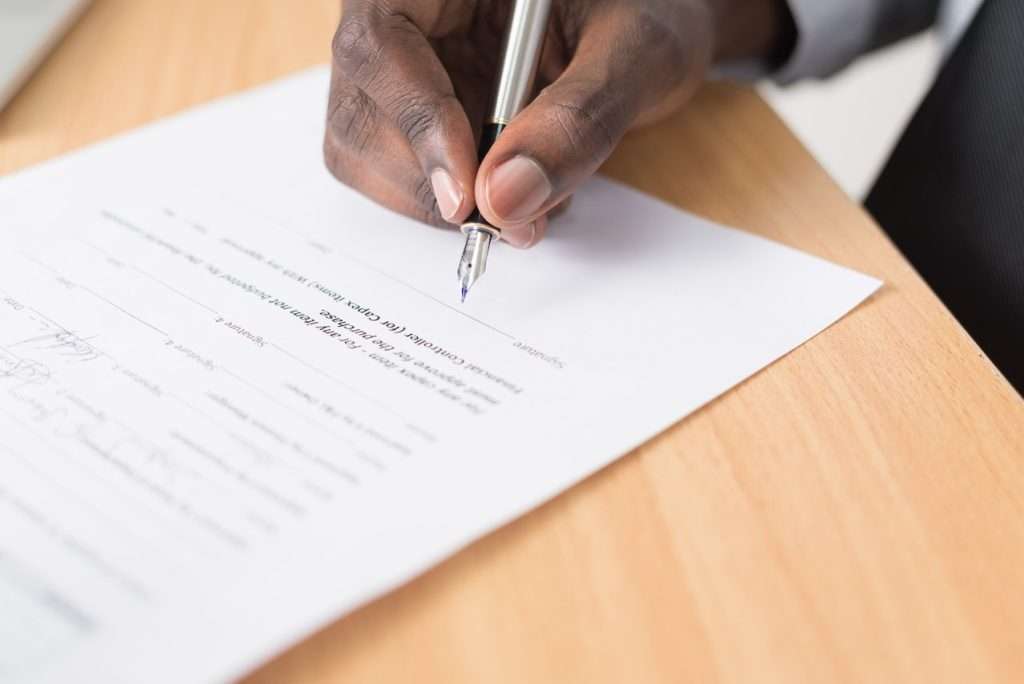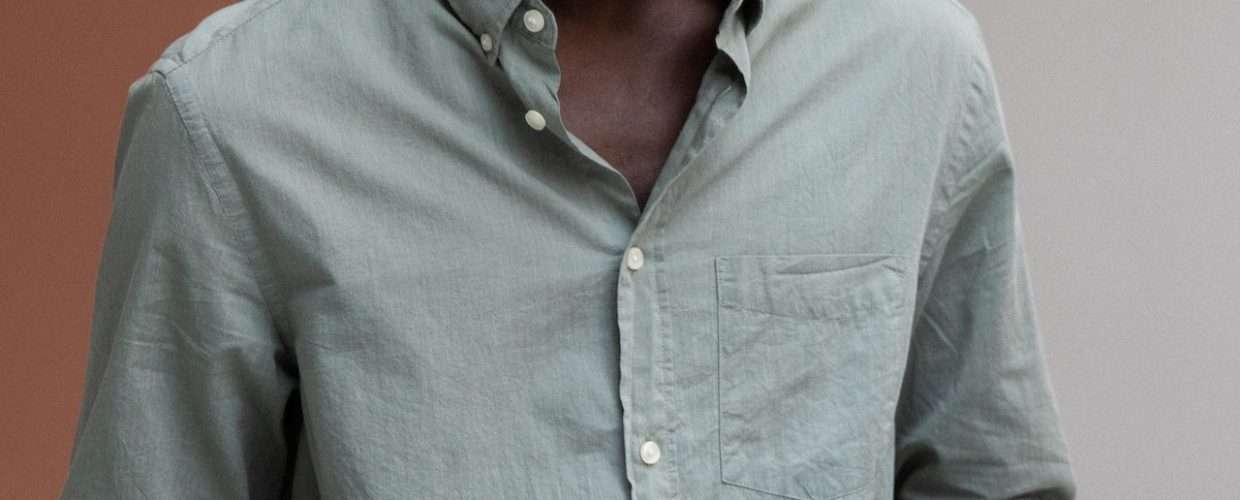“what’s a creative brief” a new designer might ask when asked to make one.
There are various things you can call a creative brief but let’s start with what David Trot author of creative mischief calls it “a springboard for great work”, the most important thing you need to have sorted, the skeleton documenting all the necessary information for fleshing a design project before its execution. It is made up of a project’s reason for existence, its goals and objective, deadlines.
Today we will be looking at
- what is a creative brief?
- Why you need a creative brief?
- what makes a good creative brief?

pexels-rfstudio
Why do you need a creative brief?
1 To get everyone on the same page
It’s common for clients to poorly represent what’s in their heads from conceptualization to execution, then reject the final product as not being what they wanted.
With the right questions on a creative brief you remove all ambiguity and can understand their expectations on the final outcome of the project.
When you know exactly what your clients want and they know what they should expect from you , It’s unlikely that the end product would differ to their taste.
2 Planning/Time management
Embarking on a project without a clear course of action is similar to flying blind! You would begin without knowing what’s expected, where you are headed and how to go about it.
A well detailed creative brief for designers answers what the needs of a project are and how you intend to achieve it. From here on only few iterations will be needed which already starts saving you time by lessening back and forth with clients.
What should a good creative brief for designers have?
A good creative brief should have all that’s necessary to get your project up and running towards the finish line and be such that you can work towards its success without having to meet up with clients regularly.
When putting together a brief, remember that it’s not solely for your clients but also a tool to base your creative thinking on! so ask questions that give you absolute clarity on every aspect of the project you will be working on. Below are the most important things to know about any project.

A good creative brief should have
- The nature of the business, its background, goals and objectives
- Nature of the project
- Purpose and Target audience
- Provide inspiration
- Budget
- Deadlines
1 The nature of the business, its background, goals and objectives.
This is the first corridor you need to put your project into. Take out time to evaluate your client’s business, their goals and objectives in order to give yourself a thorough sensing of the business persona. If your creative brief doesn’t answer who you are designing for then your design won’t be able to solve their problem.
With a full understanding of who they are you can even begin to look around and get a sense of the prevailing design standards in their industry and make design decisions from there.
This is a brief containing the brand statement and project background for a fictional company. The brand’s history is stated which give any designer a sense of the brand’s strong points to be included in his design.
2 Nature of the project
Design project for a client can be new meaning that it’s never been done before or can be a revision meaning your task is to perform a creative update. It’s important to have this clearly spelt out by clients.
For instance, a first time branding for a startup lets you know you have to build brand materials from scratch since there’s no previous material to fall back on whereas a creative update means there’s already a point to start from.
Also your clients are doing this because they have goals in mind which you should know since your work has to align with these goals.
This is a creative brief which details out the problem PayPal faces which is misinterpretation of its essential services and the goal of correcting this perception. It’s easier to work like this since the problem is clearly spelt out along with goals which will always guide your thinking.
3 Purpose and Target audience
Projects have multiple uses i.e for use across print and electronic and most times are meant to appeal to a target audience defined by age, gender, race.
It’s a no brainer that you have to design in accordance with these specifics in mind. For instance, a logo intended for use across various social media platforms and letter heads should be designed to performs well on screen and paper.
Likewise if you know that your design is meant for a certain demographic e.g. teenagers you already know you should be going for something edgy in order to grab their attention and for the elderly something subtle.
4 Provide inspiration
Ensure you present clients with similar design projects that match theirs and have them pick what delights them the most. Having clients say I like this one and not that one already tells you what direction your creative thinking should avoid and this saves you a lot of time.
Also many industries are identified by certain designs elements e.g the green color for hospitality. You can’t creatively redefine this so present what exist, have your clients make their best pick, then use the specifics of what they like about a design to create what suits their business.

pexels-cytonn-photography
5 Budget
Its almost like budget should be the number one thing you ask because its extremely fundamental.
First of all, it determines if you might even work on a project. Since you probably have a starting price which might be above a client’s budget.
Knowing how much your clients are willing to spare lets you inform them from the outset on what a projects final outlook would be.
For instance, in a web design project the level of budget disclosed lets you limit the taste of your clients to the Html/CSS template they can afford, they shouldn’t be expecting templates of $300 when they have less than this to spare.
Ensure you ask this question because clients tend to expect much more than what they budgets can afford! Peg their expectations early on and avoid friction down the line.
6 Deadlines
The due date for your project must be contained in a brief for you or your creative team to know how much time can be allocated to each stage of the design journey.
It’s also a great motivator that keeps everyone on their toes.
Final thoughts

You can never be too detailed when it comes to a creative brief for designers so ask all the questions you feel are necessary for you to get your work done and accepted by clients. To avoid overwhelming clients have questions be as clear and direct as possible which helps them understand your questions better and provide answers faster.


